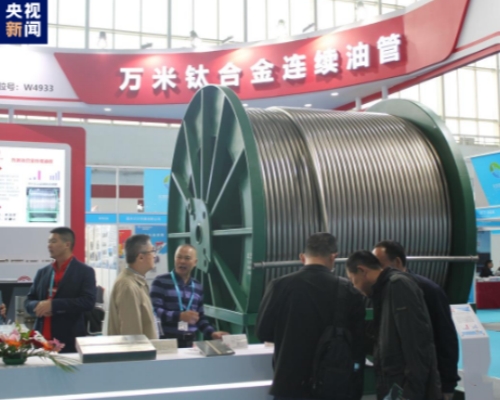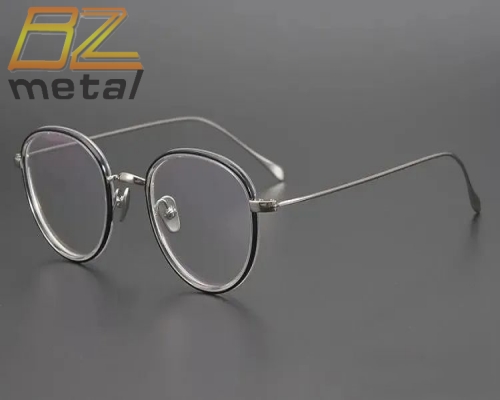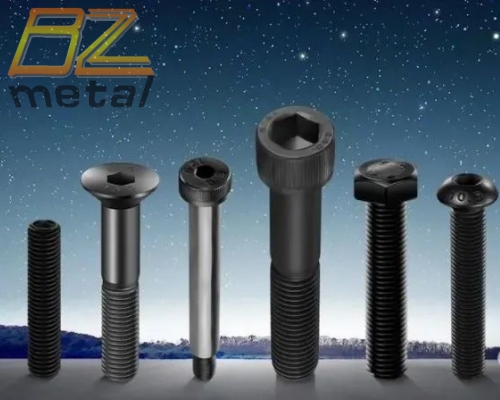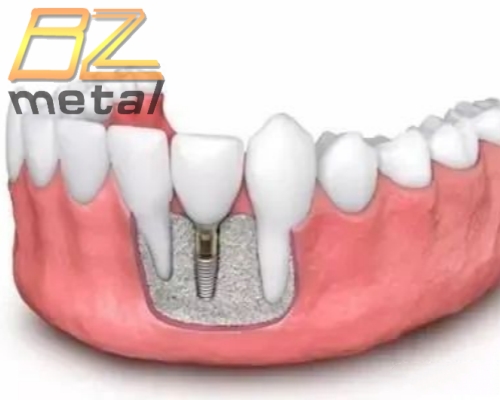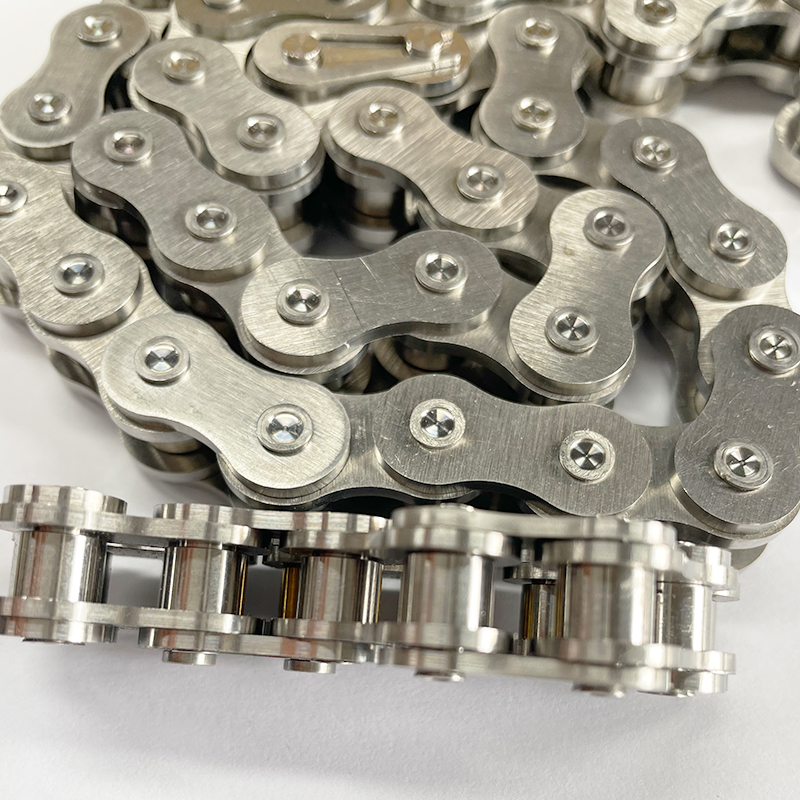Why The Bolt Thread Leaving 30 Micron Meters Gap During Producing
Why The Bolt Thread Leaving 30 Micron Meters Gap During Producing
The question seems to refer to a specific issue with bolt threads leaving a gap of 30 microns. It's important to note that the information provided is quite limited, and various factors can contribute to such a situation. Here are several potential reasons why a bolt thread might leave a 30-micron gap:
1. Thread Tolerance: Bolts are manufactured with specific thread tolerances. If the bolt thread is not within the specified tolerance range, it may result in a gap when threaded into a corresponding nut or hole.
2. Surface Finish: The surface finish of the bolt and the mating surface can affect how tightly the threads engage. If there are imperfections or roughness on either surface, it may lead to a gap.
3. Material Deformation: If the bolt or the mating part undergoes deformation during manufacturing or assembly, it can affect the thread engagement and result in a gap.
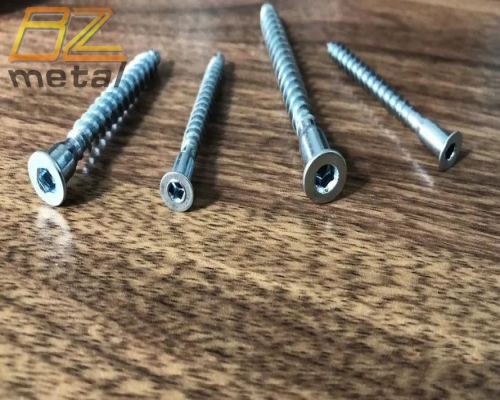
4. Thread Pitch Variation: Inconsistent thread pitch can cause misalignment, preventing the threads from fully engaging and leaving a gap.
5. Thread Damage: Damage to the threads during manufacturing, handling, or assembly can lead to improper engagement and a subsequent gap.
6. Thread Coating: Some bolts have coatings, such as zinc or other protective layers. If the coating is too thick, it can affect the fit of the threads.
7. Temperature Variations: Changes in temperature can cause materials to expand or contract, affecting the engagement of threaded components.
8. Thread Wear: Wear and tear on the threads over time can lead to a gap. This is more likely in high-friction or high-load environments.
To address this issue, it's important to carefully inspect the bolt, the mating part, and the assembly process. Ensure that all components meet the specified tolerances, are free from damage, and are properly aligned during assembly. If the problem persists, consulting with a materials or mechanical engineer may be necessary to identify the root cause and implement a solution.

